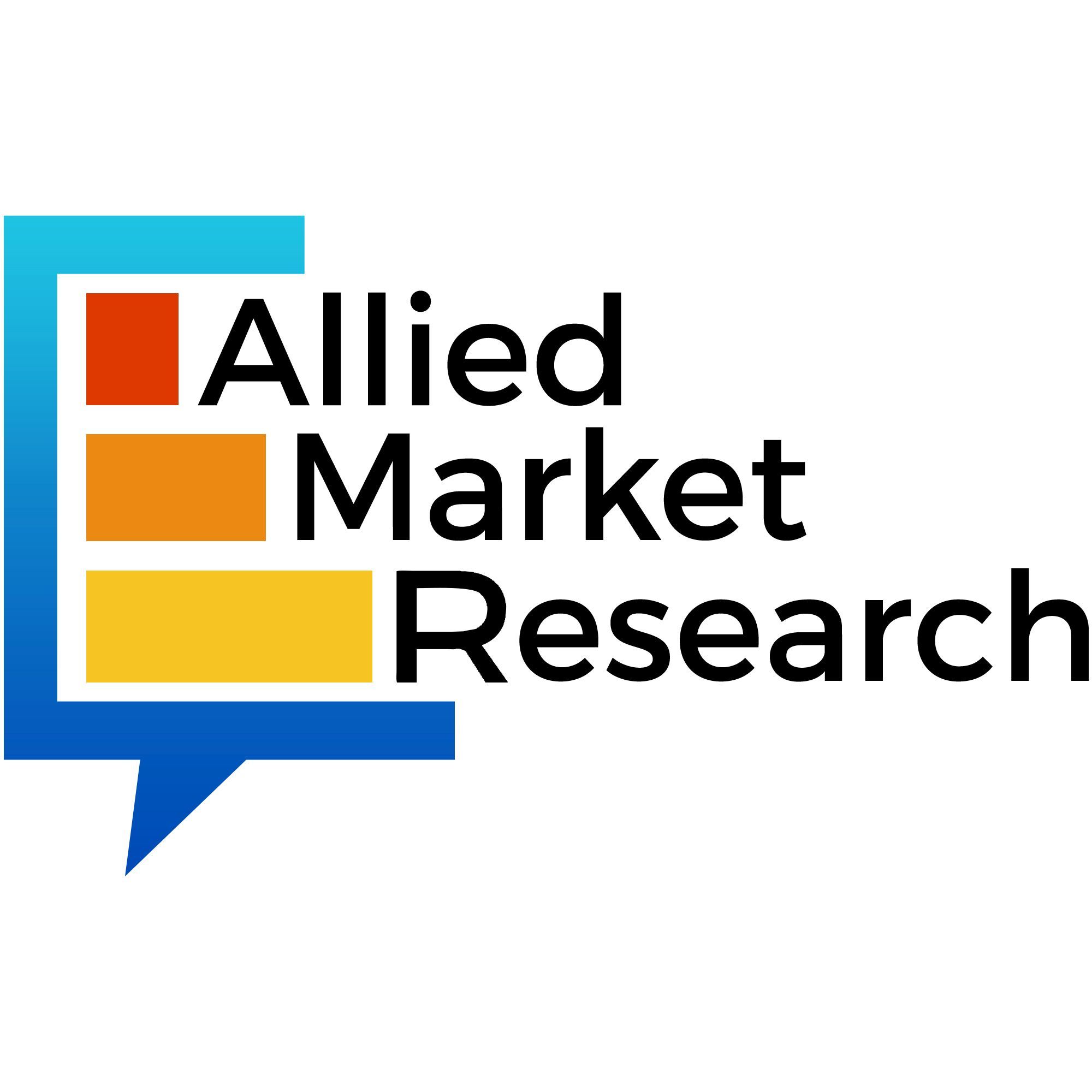The hologram market is poised for significant growth in the coming years due to increased demand for holograms in various industries, particularly in the medical field. Research and development activities focused on developing advanced holographic technologies are also contributing to this growth. According to a recent report by Allied Market Research, the hologram market was valued at $3.5 billion in 2023 and is projected to reach $20.1 billion by 2032, with a compounded annual growth rate (CAGR) of 21.49% during the forecast period.
One driving factor behind this growth is the rising demand for holograms in medical applications. The versatility and effectiveness of holographic technology in assisting with medical procedures, training, and visualization have led to increased adoption in the healthcare industry. Additionally, advancements in hologram technology are creating new opportunities for market growth. The increasing use of augmented reality (AR) and mixed reality (MR) technologies, which rely on sophisticated software algorithms, is boosting the demand for hologram software.
While the hologram market is expected to witness substantial expansion, high costs within the industry pose a challenge to further growth. The initial investment required for hologram technology limits its adoption across various sectors. However, with ongoing technological advancements and economies of scale, it is anticipated that the cost barrier will gradually diminish.
In terms of market segments, the software component currently holds the highest market share and is expected to maintain its leadership position throughout the forecast period. The increasing adoption of AR and MR technologies is driving the demand for sophisticated software algorithms. On the other hand, the hardware component is projected to experience the highest CAGR of 22.36% from 2023 to 2032.
The medical industry vertical dominates the hologram market and is anticipated to maintain its leadership status in the coming years. The widespread adoption of holograms in medical applications, such as surgery planning, medical education, and patient care, is driving this growth. However, the defense sector is expected to experience the highest CAGR of 25.27% from 2023 to 2032 due to the increasing use of holographic technology in defense operations globally.
Geographically, North America currently holds the largest market share in terms of revenue, thanks to the presence of numerous key players in the region. However, the Asia-Pacific region is projected to experience the highest CAGR of 23.44% during the forecast period, driven by the rising demand for consumer electronics products in countries like China, Japan, India, South Korea, and Taiwan.
To capitalize on these market opportunities, key players in the hologram industry are implementing various strategies such as product launches, partnerships, investments, and acquisitions. By staying at the forefront of innovation and maintaining a strong market presence, these companies aim to maintain their dominant shares in different regions.
In conclusion, the hologram market is on a trajectory of rapid growth, fueled by increasing demand in various industries and advancements in technology. As the cost barriers reduce and applications expand, holographic technology is set to revolutionize sectors such as healthcare, entertainment, advertising, and defense.
In addition to the information provided in the article, there are several other relevant facts and trends to consider in the hologram market:
1. Advancements in Display Technology: Recent developments in display technology, such as improved resolution and color accuracy, have contributed to the growth of hologram applications. These advancements have led to more realistic and visually appealing holographic displays.
2. Integration with Internet of Things (IoT): The integration of holographic technology with IoT devices is expected to drive market growth. Holograms can provide interactive and immersive experiences when combined with IoT devices, creating new opportunities in areas such as retail, gaming, and smart homes.
3. Growing Demand in Entertainment and Events: The entertainment industry is increasingly adopting holographic technology for live performances and events. Artists can now use holograms to create virtual concerts, bringing new and captivating experiences to audiences.
4. Potential in Advertising and Marketing: Holograms offer a unique and eye-catching way to engage consumers in advertising and marketing campaigns. Interactive holographic displays can attract attention and provide memorable brand experiences, leading to increased brand awareness and customer engagement.
5. Key Challenges and Controversies: While holograms offer various advantages, there are practical challenges and controversies associated with the technology. Some concerns include the ethical implications of creating realistic holographic representations of deceased individuals and the potential for misuse or deception through the creation of counterfeit holograms.
Forecast and Key Pressing Questions:
1. Forecast: Allied Market Research projects the hologram market to reach $20.1 billion by 2032, with a CAGR of 21.49% during the forecast period. This indicates significant growth opportunities in the coming years.
2. Pressing Questions:
– How will advancements in software algorithms and hardware components contribute to the growth of the hologram market?
– What are the potential applications of holographic technology in other industries besides healthcare and entertainment?
– How will regulatory frameworks address the ethical concerns and controversies surrounding holographic technology?
Advantages and Disadvantages:
Advantages:
– Hologram technology offers immersive and interactive experiences, providing a unique way to engage and captivate audiences.
– Holograms have various applications in industries such as healthcare, entertainment, advertising, and defense, leading to increased efficiency and effectiveness.
– The integration of holograms with IoT devices creates new opportunities for innovation and enhanced user experiences.
Disadvantages:
– High costs associated with holographic technology pose a barrier to adoption in some sectors.
– Ethical concerns and controversies may arise regarding the creation and use of realistic holographic representations of individuals.
– Counterfeit holograms may present challenges in terms of brand protection and security.
Suggested Related Links:
– Statista: Holography Market
– Grand View Research: Holography Market Analysis

